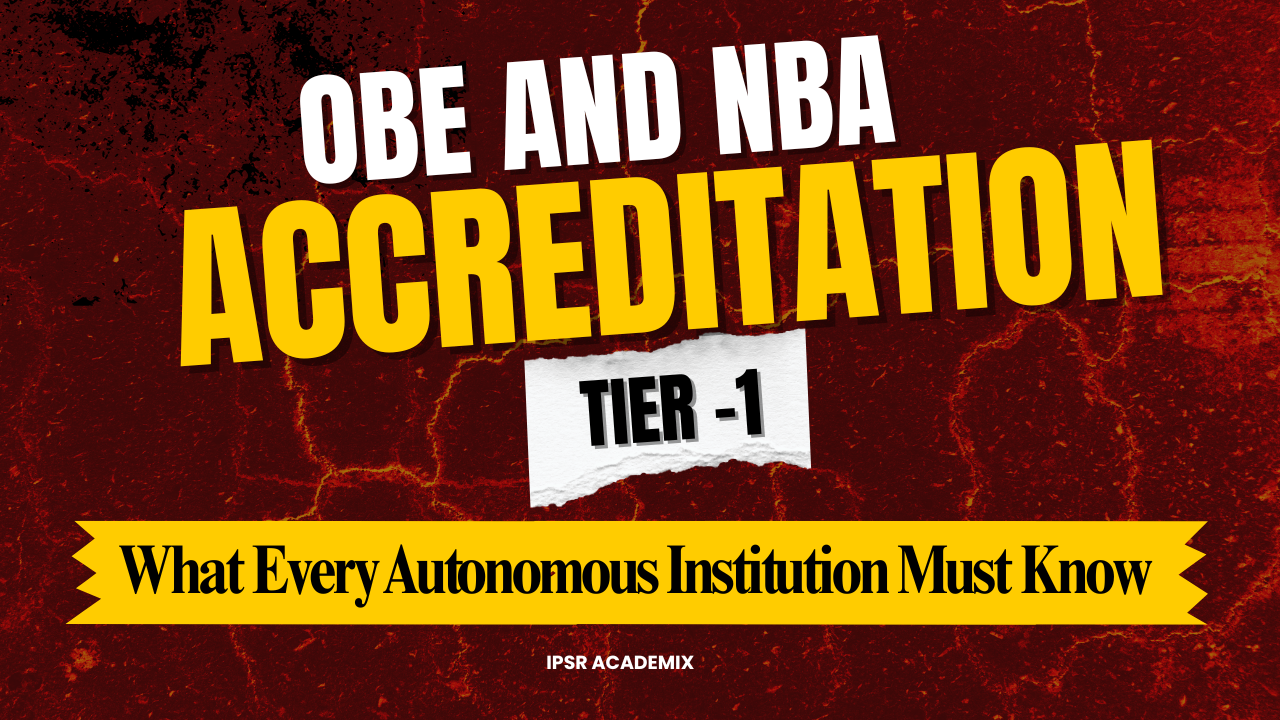
In today’s fiercely competitive higher education ecosystem, accreditation is no longer a formality—it’s a differentiator. For autonomous colleges in India, achieving Tier-1 NBA Accreditation underlines not just academic quality but global relevance. At the heart of this transformation lies Outcome-Based Education (OBE)—a paradigm shift from teaching inputs to learning outcomes.
“Accreditation is not about status—it’s about standards, systems, and the soul of an institution.”
— Dr. Raghunath Shevgaonkar, former Director, IIT Delhi
As India’s regulatory bodies push toward global benchmarking and graduate accountability, autonomous institutions must understand the deep connection between OBE and Tier-1 accreditation—especially with the rollout of NBA GAPC Version 4.0 from August 2024.
Tier-1 NBA Accreditation is specifically for autonomous institutions that enjoy curriculum flexibility. But autonomy brings responsibility, and that responsibility is fulfilled through OBE.
Tier-1 accreditation reflects international alignment and curricular innovation and is recognised under the Washington Accord, which enables global mobility for engineering graduates.
OBE-linked weightage in GAPC 4.0: 425/1000 marks, distributed across:
Without a structured OBE system, Tier-1 eligibility becomes a distant dream.
Tier-1 NBA Accreditation, powered by effective OBE implementation, delivers tangible value to autonomous institutions.
Design the curriculum backwards from graduate attributes.
COs (Course Outcomes): What students gain from each subject
Backward Design Meets Forward Analysis
Use a cyclical approach for effective OBE implementation:
Design Phase (Top-Down):
Start with Program Outcomes (POs) → map to Course Outcomes (COs) → design assessments aligned with Bloom’s levels.
Attainment Phase (Bottom-Up):
Analyse student performance on assessments → calculate CO attainment → aggregate and map back to PO attainment.
This approach ensures that curriculum design is intentional and outcome-driven, while attainment analysis validates and informs continuous improvement from the ground up.
OBE is not effective without evidence. Institutions must invest in data tracking mechanisms.
Example: If PO5 (Modern Tool Usage) underperforms, analyse which COs are weakly mapped or poorly taught. Adjust lab components and curriculum accordingly.
Digital tools do more than automate—they enable precision, consistency, and continuous improvement across teaching, assessment, and attainment tracking. The right technology stack can streamline OBE implementation at every stage:
Faculty play a pivotal role in ensuring the success of Outcome-Based Education—not just by delivering content, but by designing and continuously refining the teaching-learning process.
A robust teaching-learning process requires faculty to move beyond delivery, taking ownership of curriculum design, learning facilitation, outcome measurement, and continuous improvement.
Outcome tracking is meaningless without corrective action.
Ignoring student feedback or failing to document interventions
Immediate Steps |
Mid-Term Milestones |
Visionary Goals |
|
|
|
Tier-1 NBA accreditation demands more than procedural compliance—it expects an academic transformation rooted in outcomes, transparency, and innovation. Institutions that embrace OBE authentically and invest in faculty, data, and systems will not just meet Tier-1 benchmarks—they will set new standards.
Is your institution ready to lead the Tier-1 transformation?
The future isn’t waiting. The time to align, adapt, and achieve is now.
Join us for FREE to get instant email updates!
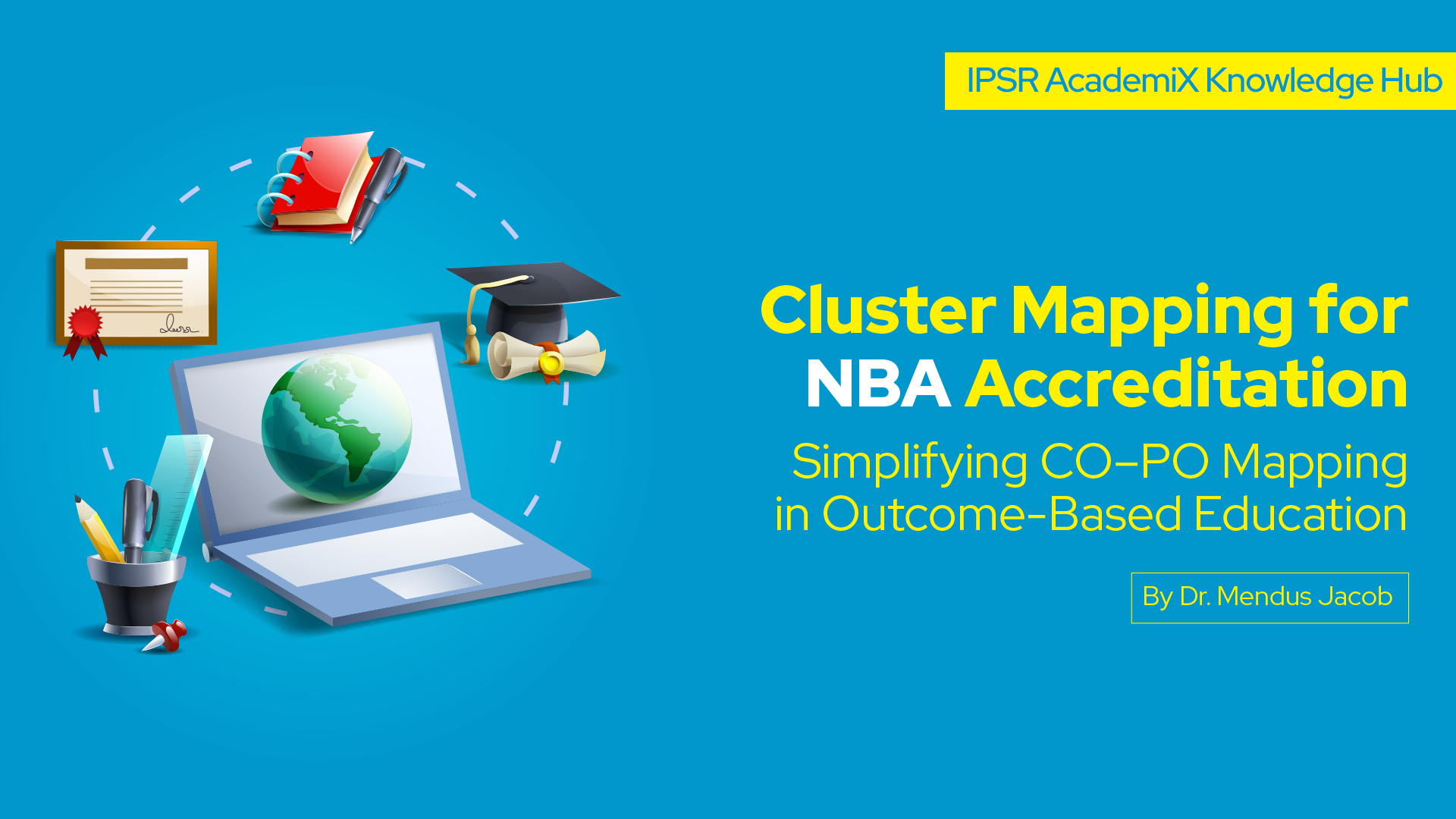
Simplifying CO–PO Mapping in Outcome-Based Education Accreditation by the National […]

The National Institutional Ranking Framework (NIRF) 2025 results are out, […]
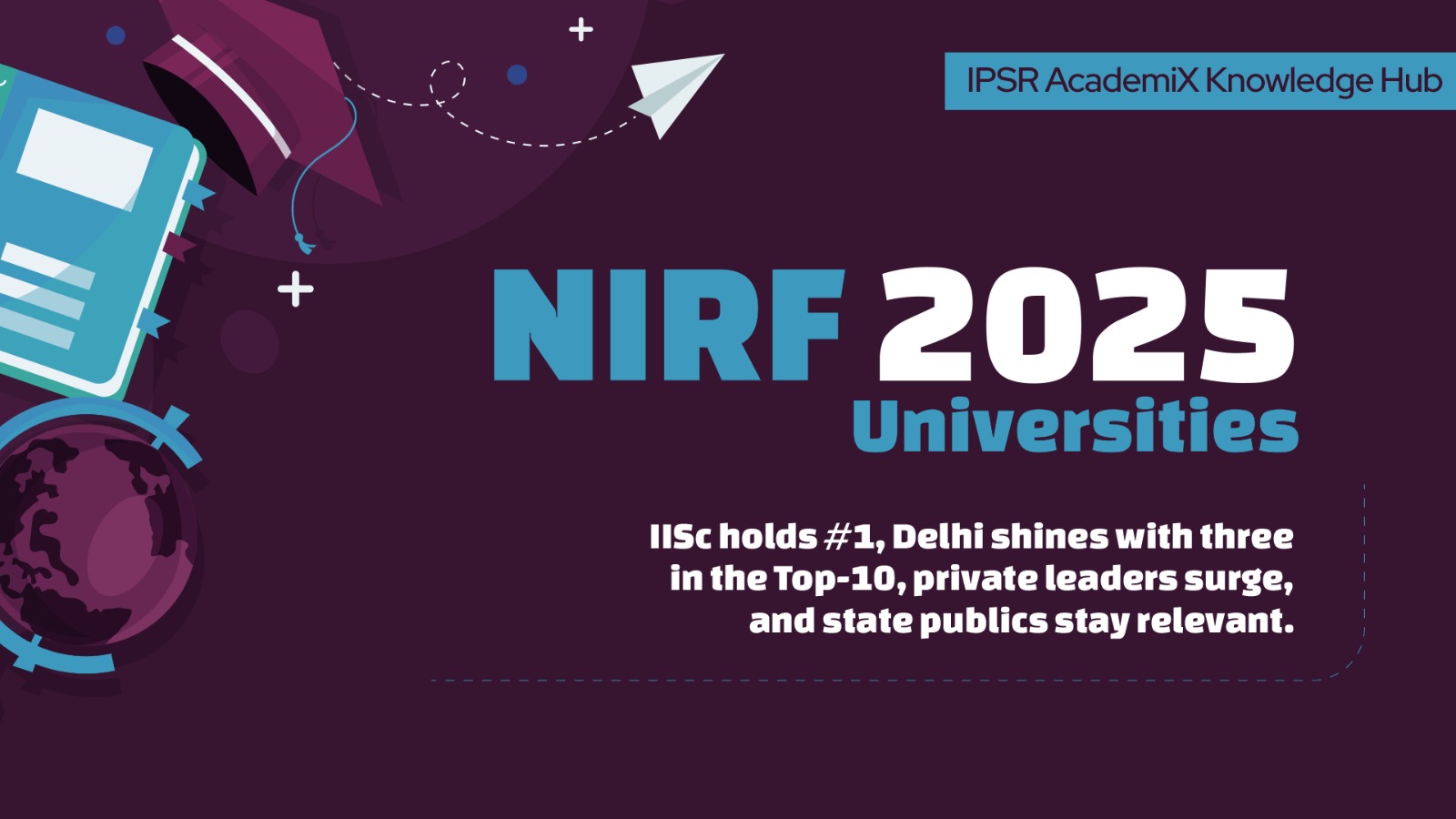
What the Top 100 Rankings Reveal About India’s Universities The […]
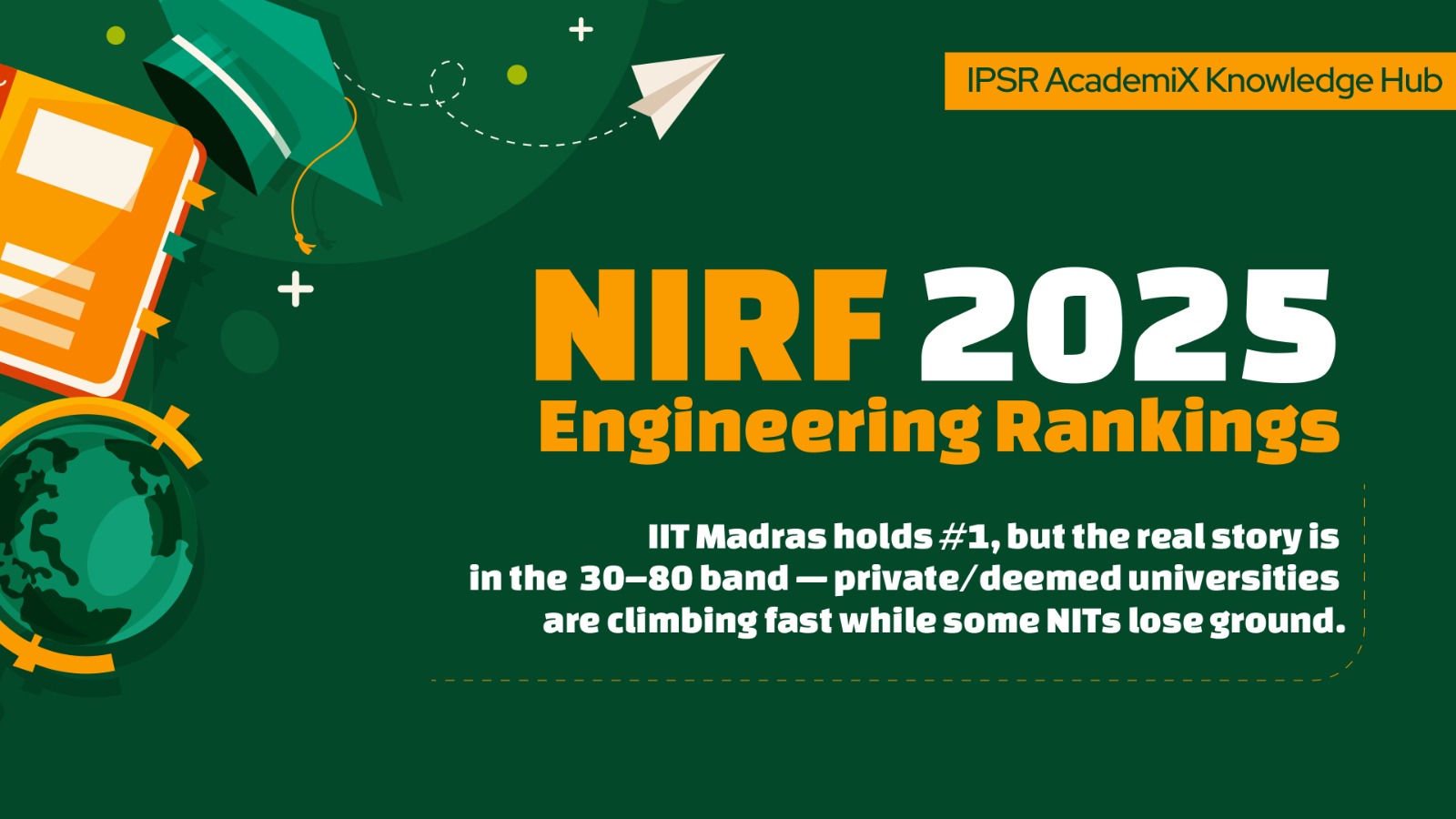
Exploring patterns, trends, and the evolving landscape of technical education […]
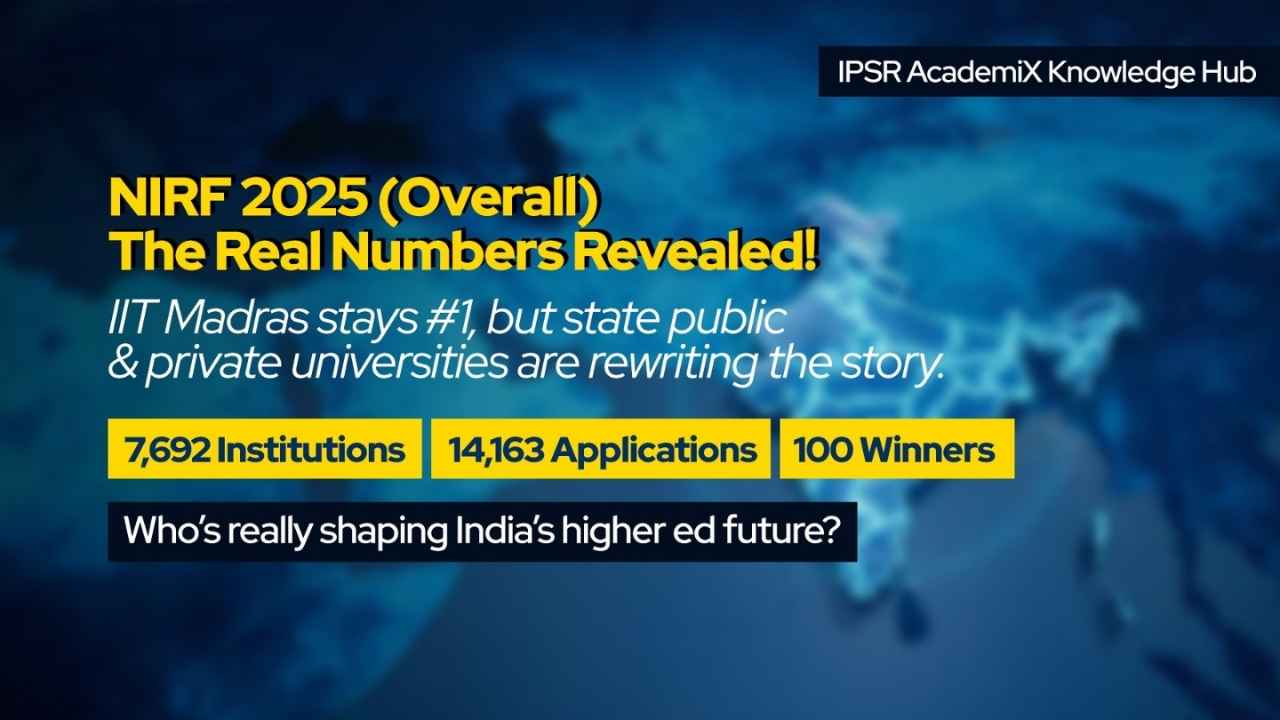
Release date: September 4, 2025 Source: NIRF portal’s Overall Top-100 […]
Leave A Comment